Advertisement
Greater durability of action also allows spacing of doses
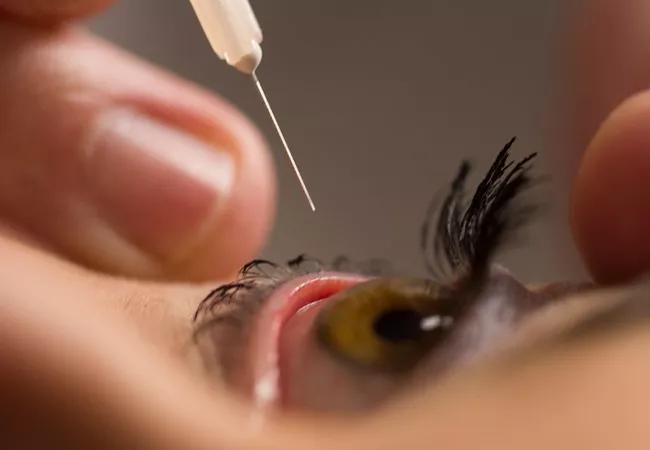
Results of two national multicenter prospective randomized clinical trials show that the drug brolucizumab (Novartis) delivers a superior retinal drying effect compared with aflibercept (Eylea, Regeneron Pharmaceuticals) for patients with neovascular age-related macular degeneration (nAMD).
Advertisement
Cleveland Clinic is a non-profit academic medical center. Advertising on our site helps support our mission. We do not endorse non-Cleveland Clinic products or services. Policy
“That is an important outcome,” says Rishi P. Singh, MD, retina specialist at Cole Eye Institute, who presented results of the HAWK and HARRIER trials at the Association for Research in Vision and Ophthalmology annual meeting. “In fact, these studies found that brolucizumab dries the retina better than we see with any other drugs that are currently on the market.”
The two 96-week studies also found that brolucizumab has a greater durability of action, crucial for patients who struggle to adhere to once-a-month or every-other-month injection regimens due to health or travel, Dr. Singh says.
“This helps us keep their disease under control for longer times between appointments,” he explains.
In the HAWK study, patients were randomly assigned to receive 3 or 6 mg doses of brolucizumab or 2 mg of aflibercept. In HARRIER, they were randomly assigned to 6 mg of brolucizumab or 2 mg of aflibercept.
In the loading phase of the studies, all treatments were given monthly (Weeks 0, 4 and 8) with no treatment given at Week 12. Next, the brolucizumab patients received an injection every 12 weeks, with an option of dosing every eight weeks for patients who showed signs of disease activity as determined by masked investigators. Aflibercept patients received a dose every eight weeks, as per the labeling.
Advertisement
Brolucizumab achieved superior reductions in central subfield thickness (CST) from baseline to Week 16 and Week 48, and the difference was maintained at Week 96. More patients achieved fluid resolution with brolucizumab during both the matched and maintenance phases up to Week 96, and more patients demonstrated sustained dryness for ≥ two and ≥ three consecutive visits to Week 96 with brolucizumab.
Importantly, more than three-quarters of the patients who were given 6 mg of brolucizumab who completed Week 48 on every-12-week dosing were able to remain on that schedule through the studies’ completion at Week 96 (82% in HAWK and 75% on HARRIER). These numbers are consistent with those seen at Week 16, when just 24% of patients receiving 6 mg of brolucizumab showed disease activity in HAWK (compared with 34% of aflibercept patients) and 22.7% in HARRIER (compared with 32.2% for aflibercept).
Brolucizumab, which was found to have an overall safety profile comparable to that of aflibercept, is available. Dr. Singh says he believes it will become an important part of retina specialists’ armamentarium of drugs for nAMD.
“We are very lucky to have a number of drugs to pick from to help these patients,” he says. “They are all quite effective at helping us manage this condition, but each works differently.”
He stresses that while the ophthalmic community has high hopes for brolucizumab based on clinical trials, real-world results can be very different.
“Patients don’t necessarily have the same disease they would have in a clinical study, so we will need to monitor outcomes carefully once the drug is available,” he says. “It will be interesting to see how patients do over the course of their treatments.”
While any patient with nAMD is a potential candidate for brolucizumab, Dr. Singh says that those who have logistical issues that make less-frequent dosing appealing are particularly good candidates.
Advertisement
Advertisement
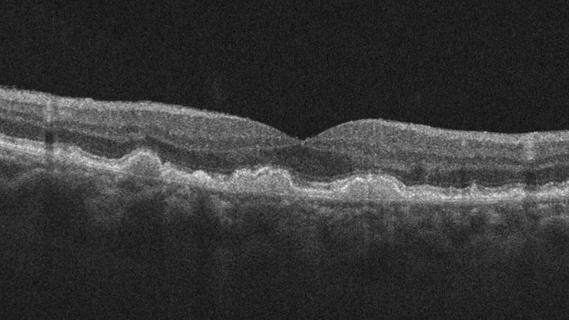
Early data show risk is 73% higher in patients with lupus, 40% higher in patients with rheumatoid arthritis
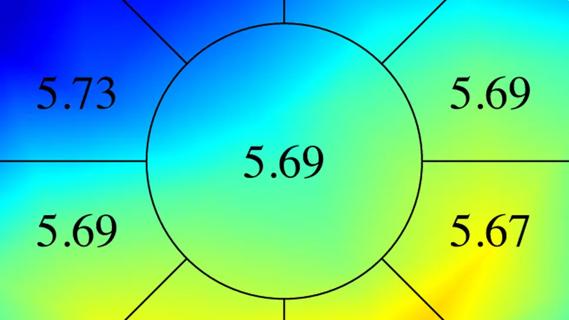
Identifies weak spots in the cornea before shape change occurs

Researchers to study retinal regeneration in zebrafish with new grant from National Eye Institute
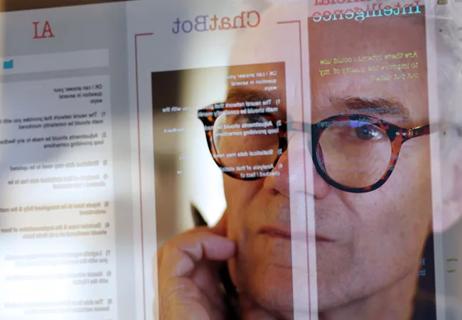
30% of references generated by ChatGPT don’t exist, according to one study
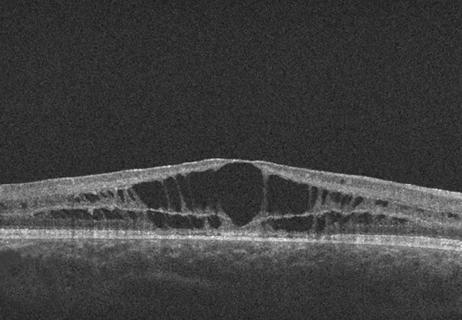
Study followed patients an average of eight years
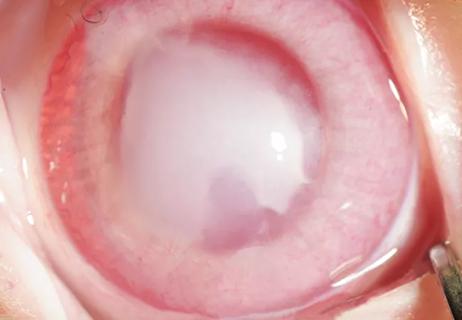
Studies indicate dramatic results when used topically with or without corticosteroids
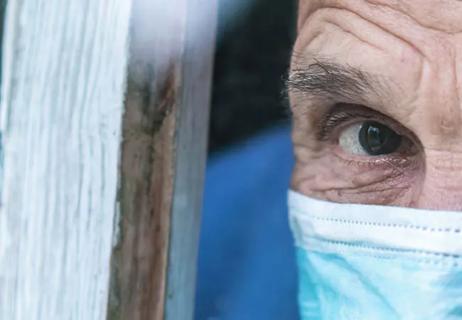
53% of participants didn’t need anti-VEGF for six months or longer
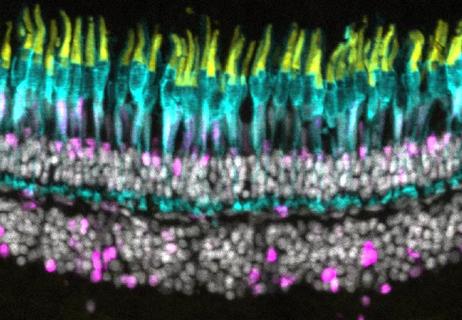
Notch pathway inhibition preserves retinal neurons and promotes regrowth in zebrafish